Home>diy>Building & Construction>What Does Soffit Mean In Construction
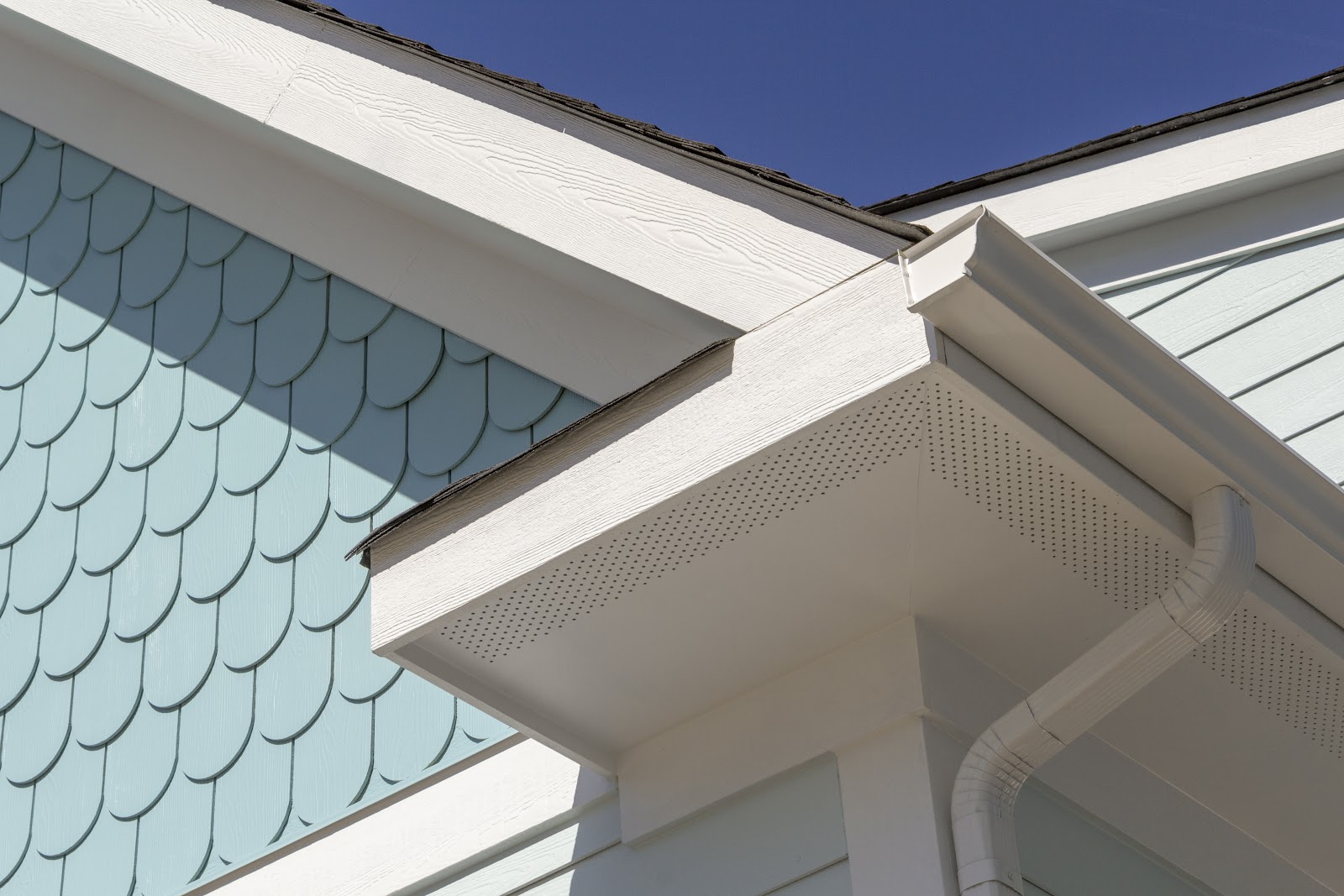

Building & Construction
What Does Soffit Mean In Construction
Modified: August 28, 2024
Learn the meaning of soffit in building construction and how it contributes to the overall structure and design. Gain insights into this essential component.
(Many of the links in this article redirect to a specific reviewed product. Your purchase of these products through affiliate links helps to generate commission for Storables.com, at no extra cost. Learn more)
Introduction
In the world of construction, there are numerous terms that are important to understand in order to ensure the success and longevity of a building project. One such term is “soffit.” While it may not be a term that is commonly discussed outside of the construction industry, it plays a vital role in the overall structure and aesthetic of a building.
So, what exactly does soffit mean in construction? In simple terms, the soffit refers to the underside of any construction element, such as an arch, beam, or overhanging structure. It is the area that is visible from beneath when looking up at the building’s exterior.
The soffit not only provides a finished look to a building but also serves several important functions. It helps to protect the structure from moisture, pests, and other environmental factors, while also ensuring proper ventilation and airflow within the building. Understanding the different types of soffit materials, the installation process, and how to maintain it is crucial for any construction professional.
In this article, we will delve into the details of soffit in construction, exploring its definition, importance, types of materials used, installation process, and the benefits it offers to a building. We will also discuss common issues that may arise with soffit and the necessary maintenance required to keep it in top condition. By the end, you will have a comprehensive understanding of what soffit means in construction and why it is a crucial component of any building project.
Key Takeaways:
- Soffit in construction refers to the underside of architectural features, providing protection, ventilation, and aesthetic appeal to buildings. Understanding its importance and maintenance is crucial for long-term structural integrity.
- Choosing the right soffit material and following proper installation and maintenance practices are essential for maximizing the benefits of soffit in construction. From protection against moisture and pests to enhancing energy efficiency and aesthetics, soffit plays a multifaceted role in building projects.
Definition of Soffit in Construction
In the realm of construction, the term “soffit” refers to the finished or exposed undersurface of any architectural or structural feature, such as an arch, beam, staircase, or overhang. It is the visible underside that completes the overall appearance of a building or structure.
Soffits are commonly found in residential, commercial, and industrial buildings and serve both functional and aesthetic purposes. They not only add a polished look to the exterior of a building but also play a crucial role in protecting the underlying structure from various elements.
Depending on the design and architectural style of the building, soffits can vary in size, shape, and material. They can be flat, curved, or sloped, and are often used to conceal and protect HVAC systems, electrical components, and other utilities.
One of the primary functions of a soffit is to provide ventilation and airflow within the building. By allowing air to circulate, soffits help to prevent the build-up of moisture, which can lead to mold, mildew, and structural damage over time. Proper airflow also aids in maintaining consistent indoor temperatures and reducing the strain on heating and cooling systems.
In addition to ventilation, soffits are integral to the overall insulation and weatherproofing of a building. They help to seal gaps and protect against water intrusion, pests, and other external elements. By enclosing the space between a building’s exterior wall and the roofline, soffits contribute to energy efficiency and sustainability.
Soffits are typically constructed using various materials, including wood, aluminum, vinyl, fiber cement, or composite materials. Each material has its own advantages and considerations, such as durability, cost-effectiveness, and aesthetic appeal.
Overall, the soffit is an essential component in construction that not only enhances the visual appeal of a building but also provides protection, ventilation, and insulation. Whether it’s a residential home or a commercial building, understanding the importance of soffits and incorporating them into the construction process is vital for long-term structural integrity and functionality.
Importance of Soffit in Construction
When it comes to construction, the importance of soffits cannot be overstated. Soffits play a vital role in both the functionality and aesthetics of a building. Let’s dive into the key reasons why soffits are crucial in construction.
1. Protection from Moisture: One of the primary functions of soffits is to protect the underlying structure from moisture. By covering the underside of overhangs, soffits prevent rainwater, snow, and other forms of precipitation from seeping into the building. Without proper moisture protection, water can compromise the integrity of the structure, leading to rot, mold, and expensive repairs.
2. Ventilation and Airflow: Soffits are designed to provide ventilation and airflow within a building. They allow fresh air to enter the space and circulate throughout, preventing the build-up of stagnant air and excessive humidity. Proper airflow helps maintain indoor air quality, regulate temperature, and improve overall comfort for occupants.
3. Energy Efficiency: Soffits play a crucial role in maintaining energy efficiency within a building. By sealing the gaps between the exterior walls and the roofline, soffits help to prevent drafts and air leakage. This, in turn, reduces the strain on HVAC systems and improves the insulation of the structure, resulting in lower energy consumption and reduced utility bills.
4. Pest Prevention: Soffits act as a barrier against pests, such as insects, birds, and small animals. By closing off potential entry points, like attic spaces or crawl spaces, soffits help to keep unwanted critters out of the building. This not only protects the structure but also prevents potential health hazards associated with pests.
5. Aesthetic Appeal: Soffits are an integral part of a building’s exterior design. They provide a finished look to the roofline and overhangs, concealing unsightly components such as wiring, plumbing, and ventilation systems. With a variety of materials and styles available, soffits offer architects and builders the flexibility to enhance the overall aesthetic appeal of a building.
6. Longevity and Durability: By protecting the underlying structure from moisture and other environmental elements, soffits contribute to the long-term durability of a building. Soffits made from durable materials, such as aluminum or fiber cement, can withstand harsh weather conditions and require minimal maintenance, ensuring a longer lifespan for the structure.
7. Noise Reduction: Soffits can also help reduce noise pollution. By enclosing spaces and providing an extra layer of insulation, soffits create a buffer between the interior of the building and outside noise sources, improving the overall comfort of occupants.
Overall, soffits are indispensable in construction due to their multifaceted benefits. From protecting against moisture and pests to improving energy efficiency and enhancing aesthetics, soffits are a fundamental component that should not be overlooked in any building project.
Types of Soffit Materials Used in Construction
When it comes to choosing the right soffit material for a construction project, there are several options available. Each material offers its own set of advantages in terms of durability, aesthetics, cost-effectiveness, and maintenance requirements. Here are some of the most commonly used soffit materials in construction:
1. Wood: Wood is a traditional and timeless choice for soffit materials. It offers a natural and warm aesthetic that complements various architectural styles. Wood soffits can be made from solid boards or plywood and are typically treated to resist moisture, rot, and pests. However, wood requires regular maintenance, such as sealing and repainting, to withstand the elements and maintain its appearance.
2. Aluminum: Aluminum soffits are popular due to their lightweight nature, durability, and low maintenance requirements. They are resistant to rust, rot, and pests, making them a suitable choice for buildings in humid or coastal areas. Aluminum soffits are available in a variety of colors and styles, allowing for customization and seamless integration into the building’s design.
3. Vinyl: Vinyl soffits are known for their affordability, versatility, and easy installation. They are resistant to moisture, insects, and fading, making them a low-maintenance option for long-lasting performance. Vinyl soffits come in a wide range of colors and textures, allowing builders to achieve different looks and styles. However, extreme temperatures can cause vinyl to expand and contract, potentially affecting its longevity.
4. Fiber Cement: Fiber cement soffits provide the appearance of wood without the associated maintenance requirements. Made from a blend of cement, sand, and cellulose fibers, fiber cement soffits are resistant to moisture, fire, insects, and rot. They offer excellent durability and can withstand harsh weather conditions. Fiber cement soffits are available in various textures and finishes, offering versatility in design.
5. Composite Materials: Composite materials, such as engineered wood or PVC composites, are gaining popularity in construction due to their combination of durability, aesthetics, and low maintenance. These materials offer the look of wood, but with enhanced resistance to moisture, pests, and rot. Composite soffits are available in a range of colors and styles, allowing for customization and seamless integration into the building’s façade.
It’s important to consider factors such as climate, budget, architectural style, and personal preference when selecting the appropriate soffit material for a construction project. Consulting with a professional contractor or architect can help in determining the most suitable material based on the specific requirements and goals of the project.
Soffit in construction refers to the underside of a building component, such as an arch, balcony, or overhanging eave. It is often used for ventilation and aesthetic purposes.
Installation Process of Soffit in Construction
The installation process of soffit in construction requires careful planning, proper preparation, and attention to detail. While the specific steps may vary depending on the chosen soffit material and the unique characteristics of the building, here are the general guidelines for installing soffit:
1. Assess the existing structure: Before installing soffit, assess the existing structure to ensure it is in good condition and appropriate for installation. Inspect the roofline, overhangs, and any other areas where soffit will be installed for any signs of damage, rot, or structural issues. Address any necessary repairs or modifications before proceeding with the installation process.
2. Measure and plan: Take accurate measurements of the areas where the soffit will be installed. This includes the length, width, and height of the soffit panels. Plan the layout, considering factors such as the direction of airflow, access to utility components, and aesthetic alignment with the building’s exterior.
3. Prepare the work area: Clear the work area of any obstructions, debris, or furniture. Ensure that the surroundings are safe and accessible for the installation process. Use appropriate safety equipment, such as gloves and eye protection, when handling tools and materials.
4. Install the backer board: Depending on the soffit material and the existing structure, a backer board may be required for added support and stability. Install the backer board onto the underside of the roofline or overhangs using appropriate fasteners, ensuring that it is securely attached and properly aligned.
5. Cut and shape the soffit panels: Using the accurate measurements taken earlier, cut the soffit panels to the required size and shape. Follow the manufacturer’s guidelines and recommendations for cutting the specific soffit material to avoid any damage or wastage.
6. Attach the soffit panels: Begin attaching the soffit panels to the backer board or directly to the structure. Depending on the chosen installation method, use appropriate fasteners such as screws or nails to secure the panels in place. Ensure that the panels are level, aligned, and tightly fitted to achieve a seamless appearance.
7. Allow for ventilation: As you install the soffit panels, it is crucial to allow for proper ventilation. Leave small gaps between the panels or incorporate vents into the design to ensure adequate airflow and prevent the build-up of moisture or other issues associated with inadequate ventilation.
8. Finish and trim: Once all the soffit panels are installed, finish and trim the edges for a clean and polished look. Use appropriate trim pieces or molding to cover any exposed edges, providing a cohesive and aesthetically pleasing appearance.
9. Inspect and clean: Thoroughly inspect the installed soffit for any imperfections, loose panels, or potential issues. Make any necessary adjustments or repairs to ensure the soffit is secure and properly functioning. Clean the soffit panels using mild water and a non-abrasive cleaner to remove any debris or dirt accumulated during the installation process.
10. Maintain and upkeep: Regularly inspect and maintain the soffit to ensure its longevity and proper functionality. Clean the soffit as needed, check for any signs of damage, and address any necessary repairs promptly to avoid further issues.
It is important to consult with a professional contractor or follow the manufacturer’s guidelines specific to the chosen soffit material for a seamless and successful installation. Adhering to proper installation practices ensures that the soffit will effectively serve its intended purpose while enhancing the overall appearance of the building.
Read more: What Does “At Grade” Mean In Construction
Benefits of Using Soffit in Construction
Soffit plays a crucial role in construction, offering a range of benefits that contribute to the functionality, longevity, and aesthetic appeal of a building. Here are some of the key benefits of using soffit:
1. Protection from Moisture and Environmental Elements: Soffit acts as a protective barrier, shielding the underlying structure from moisture, rainwater, snow, and other environmental elements. By preventing water infiltration, soffit helps to prevent rot, mold, and structural damage, ensuring the longevity of the building.
2. Ventilation and Airflow: Soffit provides proper ventilation and airflow within the building, preventing the build-up of stagnant air and excess humidity. This helps to regulate indoor temperature, prevent condensation, and maintain a healthy and comfortable living or working environment.
3. Energy Efficiency: Properly installed and ventilated soffit can contribute to energy efficiency in a building. By reducing drafts and air leakage, soffit helps to maintain consistent indoor temperatures. This reduces the strain on heating and cooling systems, leading to lower energy consumption and utility bills.
4. Pest Prevention: Soffit acts as a barrier against pests, preventing their entry into the building. By closing off potential entry points, such as attic spaces or crawl spaces, soffit helps to keep out insects, birds, and small animals, safeguarding the structure and preventing potential damage or health hazards.
5. Enhanced Aesthetic Appeal: Soffit adds an attractive, finished look to a building’s exterior. With a wide range of materials, colors, and styles available, soffit allows for customization and seamless integration into the building’s design. It conceals unsightly components and improves the overall curb appeal of the structure.
6. Noise Reduction: Soffit can help reduce noise pollution by creating an additional layer of insulation and soundproofing between the interior of the building and the external environment. This contributes to a quieter and more peaceful living or working space.
7. Durability and Low Maintenance: Depending on the chosen material, soffit can offer long-lasting durability and low maintenance requirements. Materials such as aluminum, vinyl, and fiber cement are resistant to rot, pests, and other environmental factors, reducing the need for frequent repairs or replacements.
8. Increased Property Value: Incorporating soffit into a building’s construction enhances its overall value, both aesthetically and functionally. Potential buyers or tenants are likely to appreciate the added protection, energy efficiency, and curb appeal that properly installed and maintained soffit provides.
By understanding and harnessing the benefits of soffit in construction, builders and homeowners can optimize the performance and longevity of their buildings. Soffit not only offers practical benefits in terms of protection and efficiency but also adds a polished and visually appealing finishing touch to the overall design.
Common Issues and Maintenance of Soffit in Construction
While soffit is an integral component of a building, it is not immune to certain issues that may arise over time. By understanding common soffit issues and implementing regular maintenance, these problems can be minimized or prevented altogether. Here are some of the common issues and maintenance practices for soffit in construction:
1. Moisture Damage: One of the primary concerns with soffits is moisture damage. Moisture can accumulate due to leaks, poor ventilation, or condensation, leading to mold, rot, and deterioration. Regularly inspect the soffit for signs of moisture, such as discoloration, warping, or soft spots, and promptly address any sources of moisture intrusion. Ensure proper ventilation and maintain gutters and downspouts to channel water away from the building.
2. Pest Infestation: Soffits can serve as an entry point for pests, including insects, birds, and small animals. Regularly check for any gaps, cracks, or holes in the soffit and immediately seal them to prevent pests from entering. Consider installing pest screens or mesh panels to further deter unwanted creatures.
3. Deterioration of Material: Depending on the chosen soffit material, wear and tear over time can occur. Wooden soffits may be susceptible to rot or decay, while vinyl or aluminum soffits can fade or develop cracks. Regularly inspect the soffit for any signs of deterioration and address them promptly. Replace damaged sections or consider applying a protective coating or paint to prolong the lifespan of the soffit material.
4. Cleaning and Maintenance: Regular cleaning is an essential part of soffit maintenance. Use a gentle cleanser and a soft brush or cloth to remove dirt, dust, and debris from the soffit surface. Avoid using harsh chemicals or abrasive materials that may damage the soffit material. Clean the soffit at least once a year or as needed to maintain its appearance and prevent the accumulation of particles that can hinder ventilation.
5. Inspection and Repairs: Conduct regular inspections of the soffit, especially after severe weather events, to identify any potential issues. Look for signs of damage, loose panels, or gaps that require immediate attention. Address any repairs promptly to prevent further damage and ensure the structural integrity of the soffit.
6. Painting and Finishing: If the soffit material allows for painting or finishing, consider refreshing the appearance every few years. Ensure proper preparation, such as cleaning and priming, before applying paint or finish to achieve optimal adhesion and longevity. Follow the manufacturer’s instructions and use paint or finishes suitable for the specific soffit material.
7. Professional Maintenance: While some soffit maintenance tasks can be carried out by homeowners, it may be beneficial to enlist the services of a professional for more complex issues or extensive repairs. Professional contractors are experienced in identifying and addressing soffit issues and can ensure proper maintenance and repairs that comply with building codes and standards.
By implementing a regular maintenance routine and addressing any issues promptly, soffits can maintain their functionality, durability, and aesthetic appeal. Proper cleaning, inspections, and necessary repairs will help extend the lifespan of the soffit and contribute to the overall integrity of the building.
Conclusion
In conclusion, the soffit plays a crucial role in the construction of buildings, providing protection, ventilation, and aesthetic appeal. By understanding the definition, importance, and benefits of soffit in construction, builders and homeowners can make informed decisions about incorporating soffit into their projects.
Soffit serves as a protective barrier, shielding the underlying structure from moisture, environmental elements, and pest infestation. Its proper installation and maintenance contribute to the energy efficiency, longevity, and aesthetics of a building.
Various soffit materials, such as wood, aluminum, vinyl, fiber cement, and composite materials, offer different advantages in terms of durability, customization, and low maintenance requirements.
The installation process of soffit involves careful assessment, measurement, preparation, and the use of appropriate techniques and materials. Following proper installation practices ensures a secure and visually appealing result.
Maintaining soffit in construction involves regular cleaning, inspections, and prompt repairs or addressing of issues like moisture damage, pest infestation, and material deterioration. By being proactive in maintenance, the longevity and performance of the soffit can be preserved.
Ultimately, understanding the role and maintenance of soffit in construction enhances the functionality, appearance, and value of buildings. Properly installed and maintained soffits contribute to the overall wellbeing of occupants, energy efficiency, and the longevity of the structure.
Whether it’s a residential, commercial, or industrial project, considering the importance of soffit and incorporating it into the construction process ensures a well-rounded and successful building project.
Frequently Asked Questions about What Does Soffit Mean In Construction
Was this page helpful?
At Storables.com, we guarantee accurate and reliable information. Our content, validated by Expert Board Contributors, is crafted following stringent Editorial Policies. We're committed to providing you with well-researched, expert-backed insights for all your informational needs.
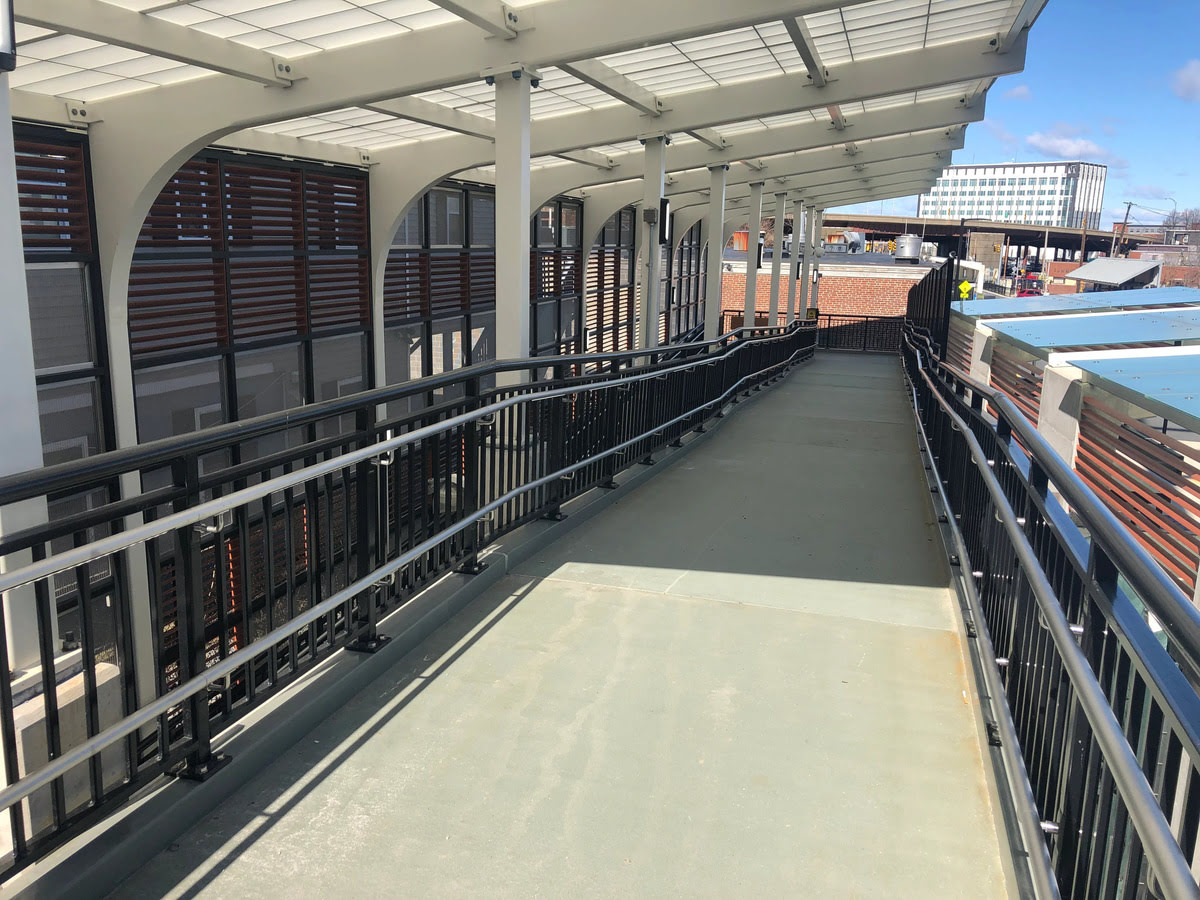
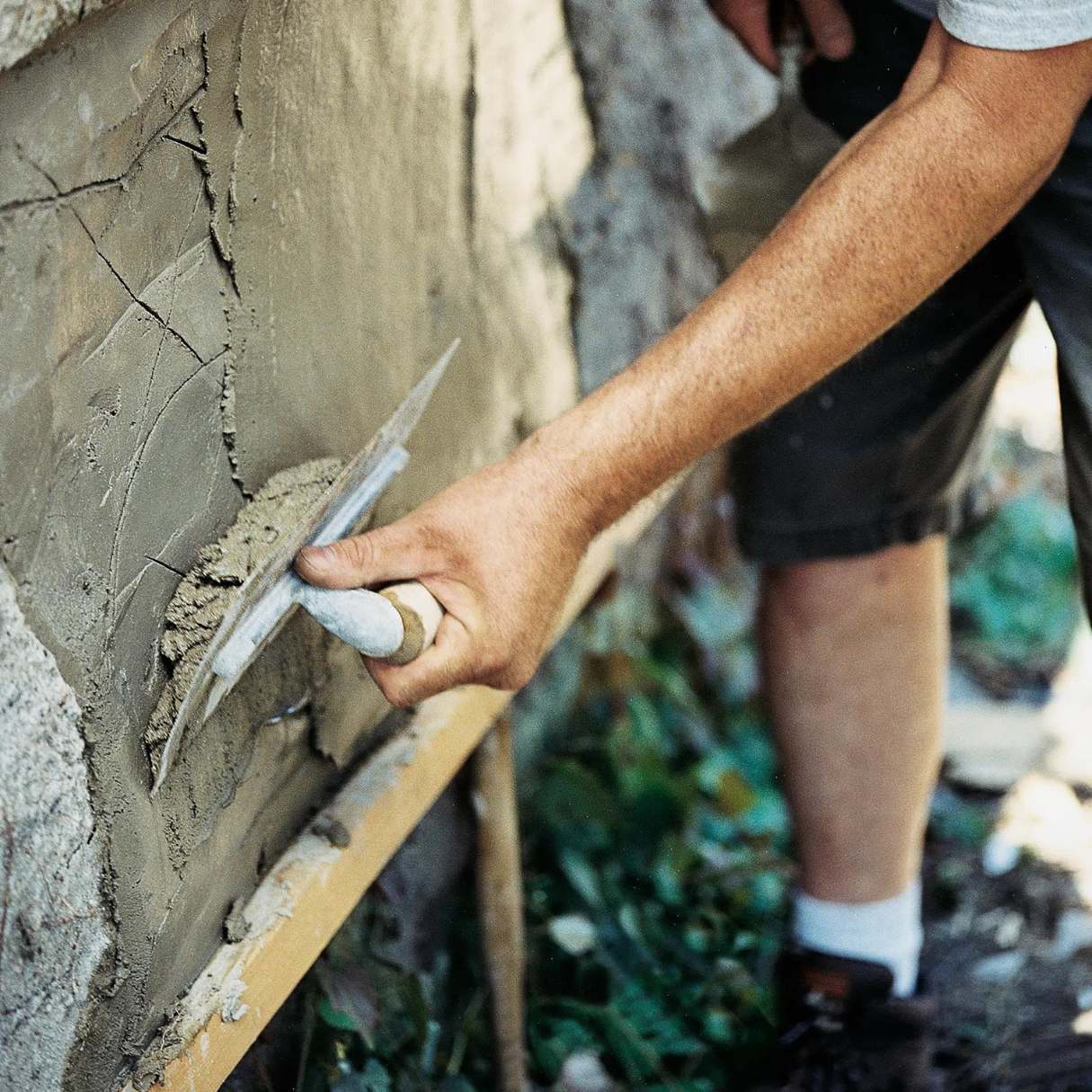

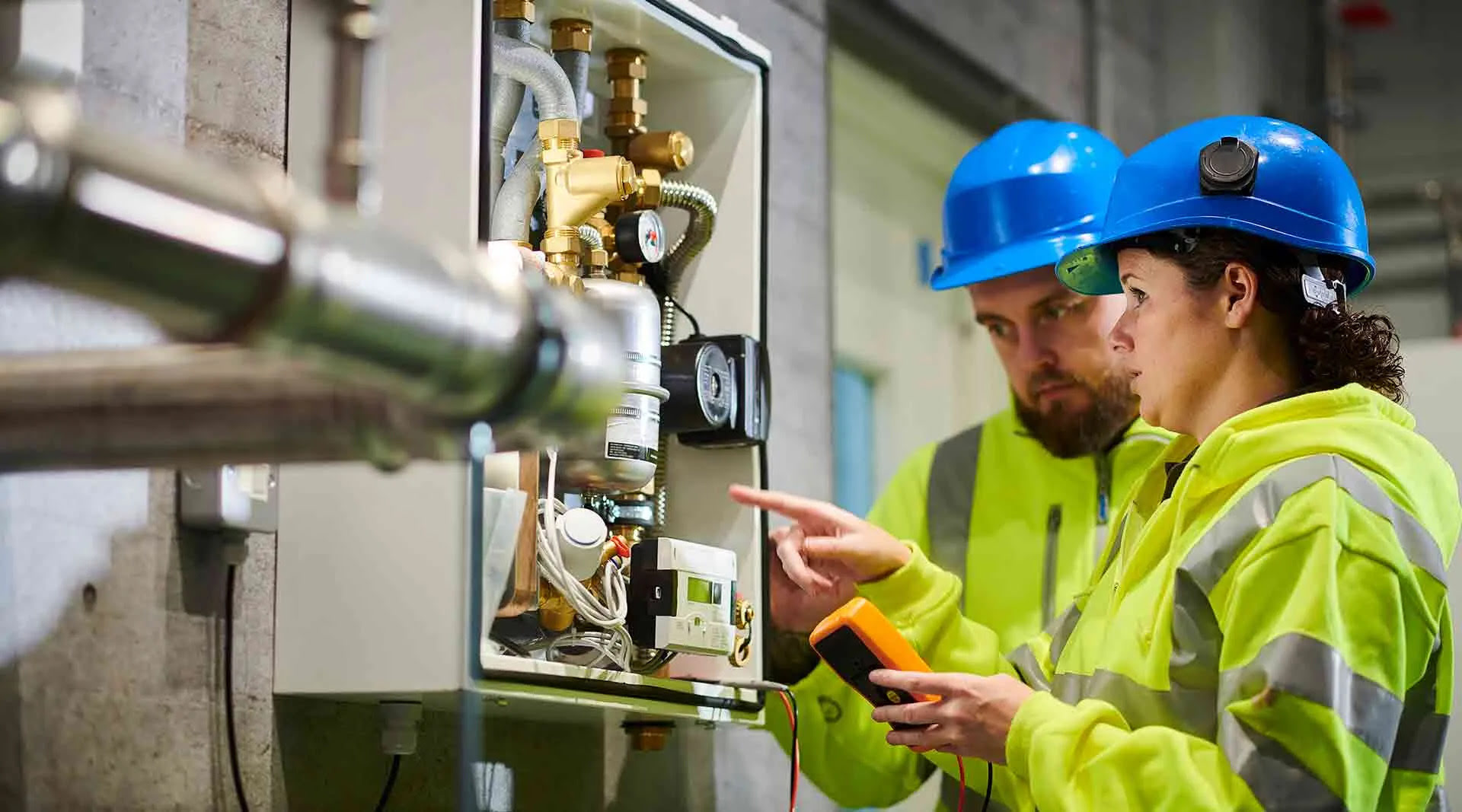
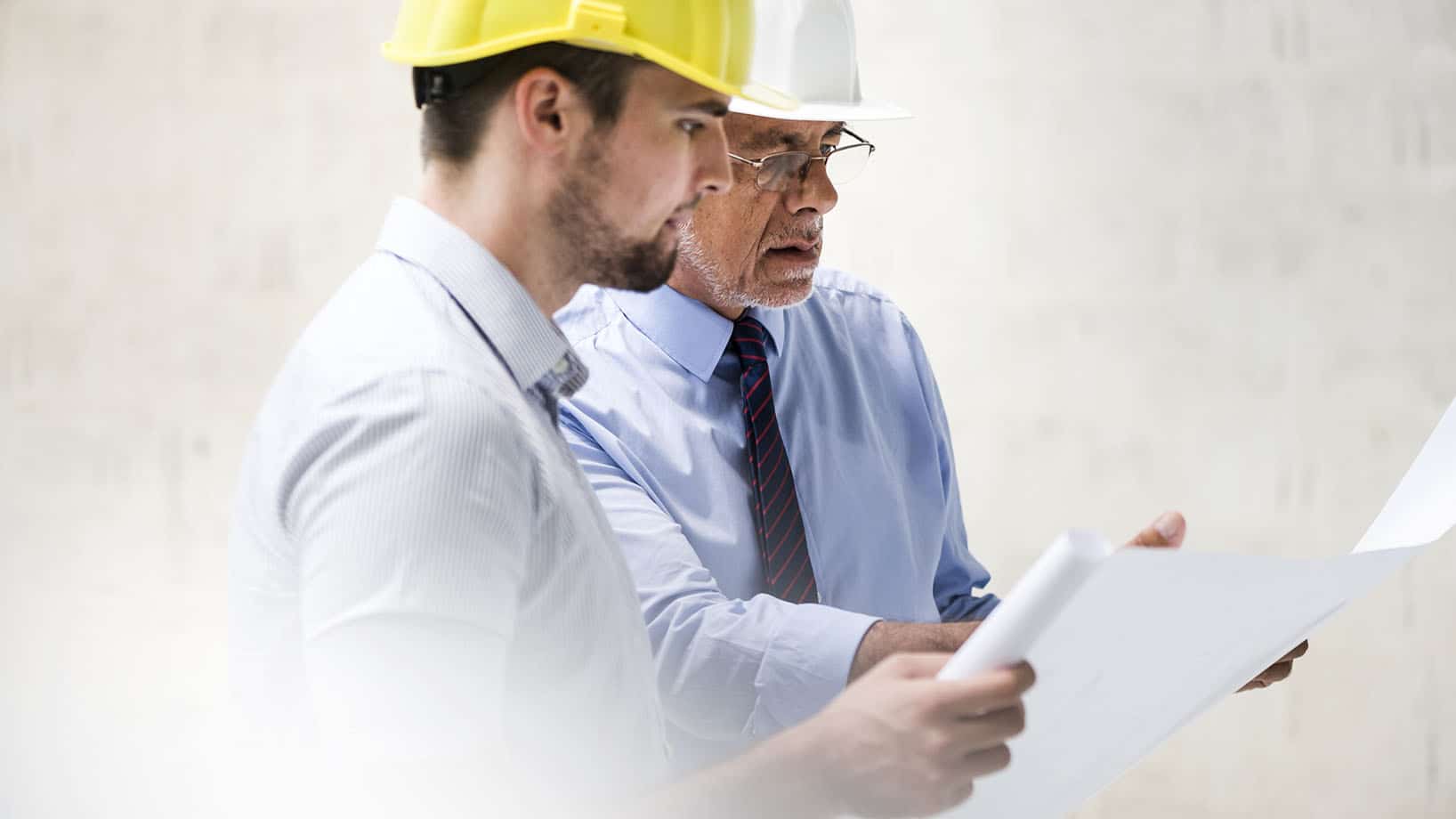
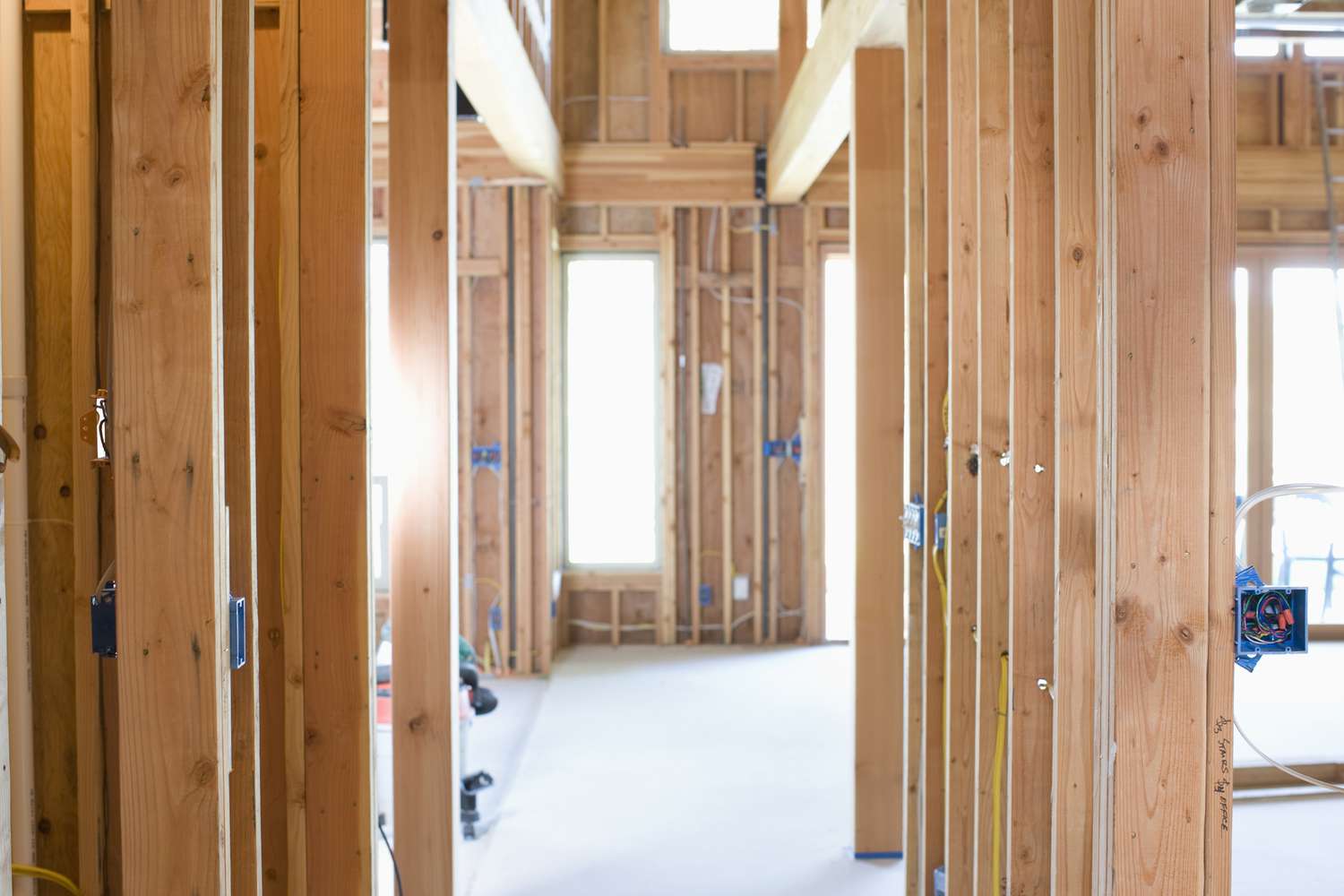
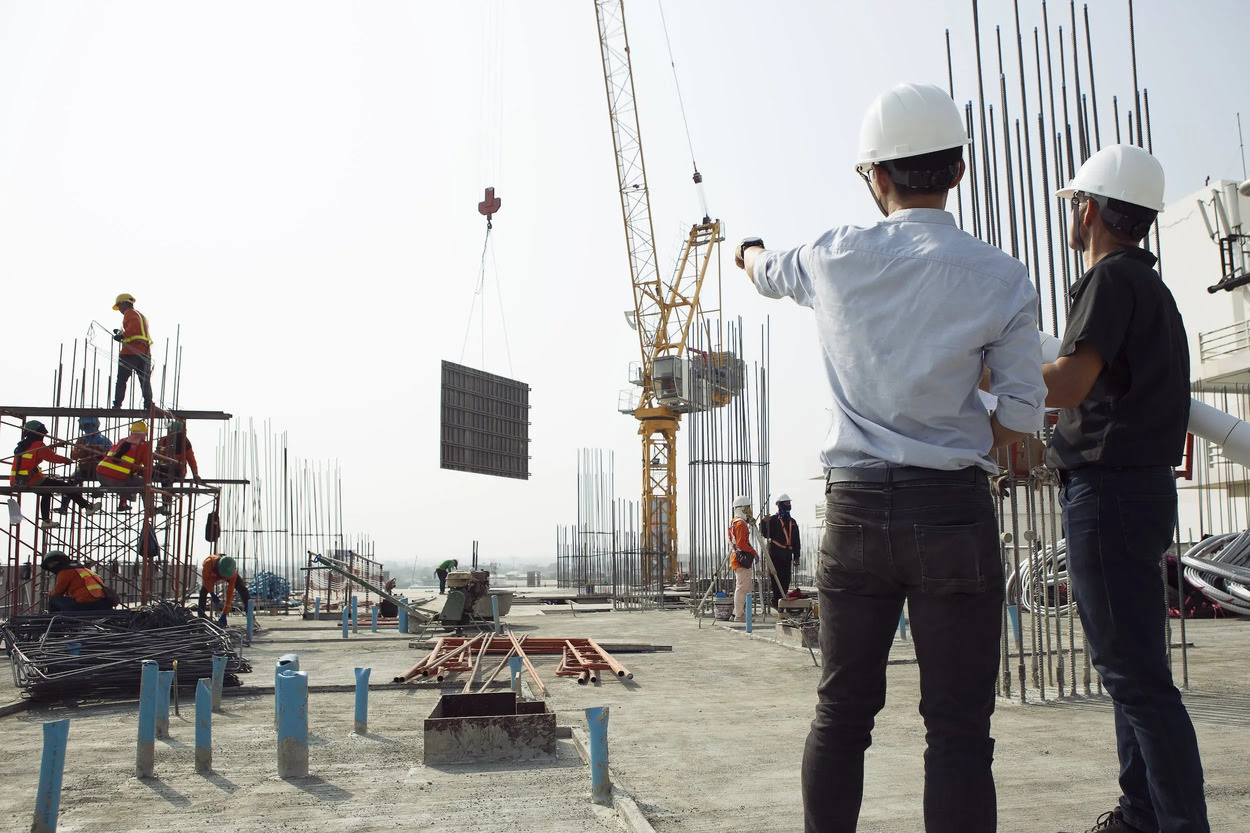

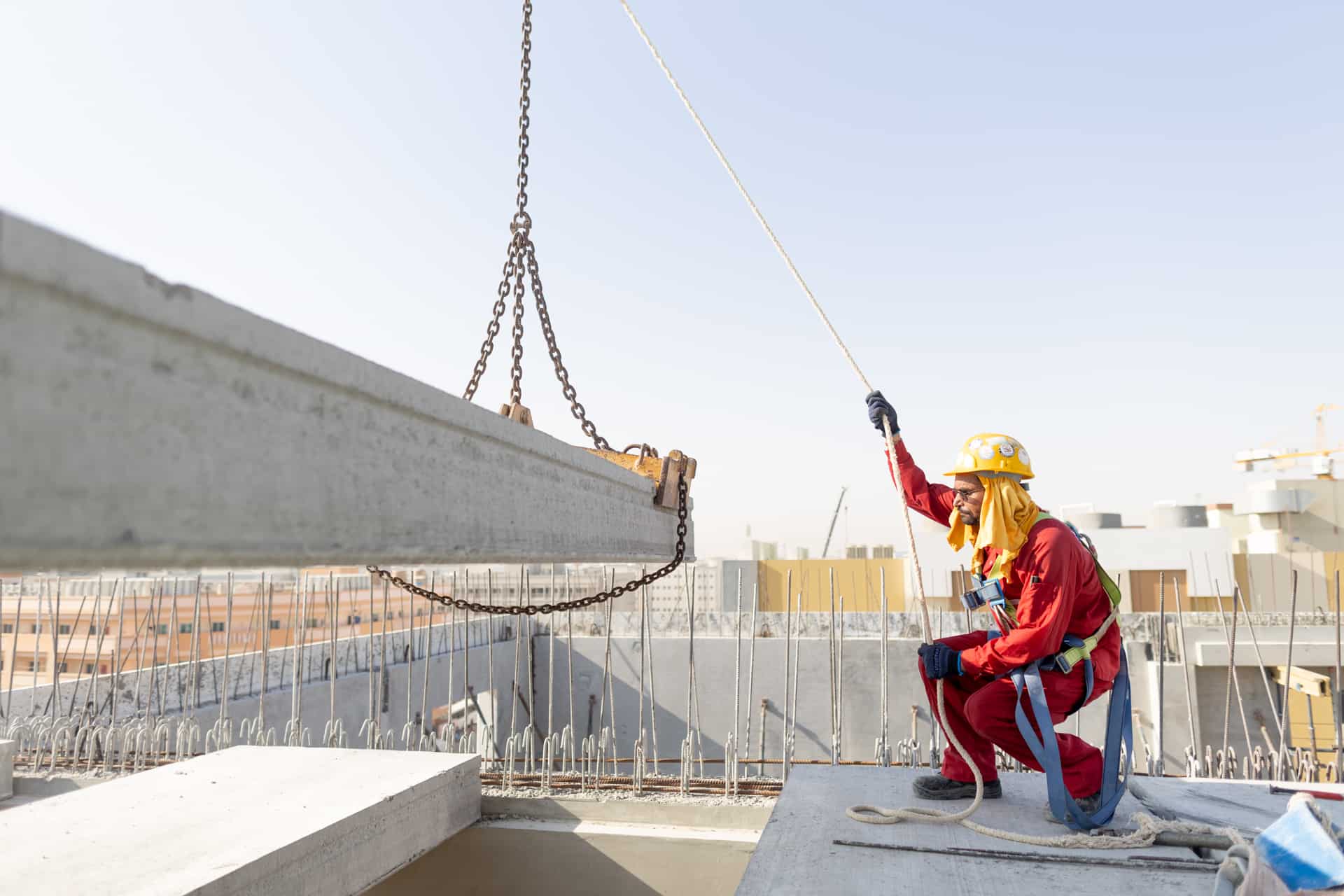
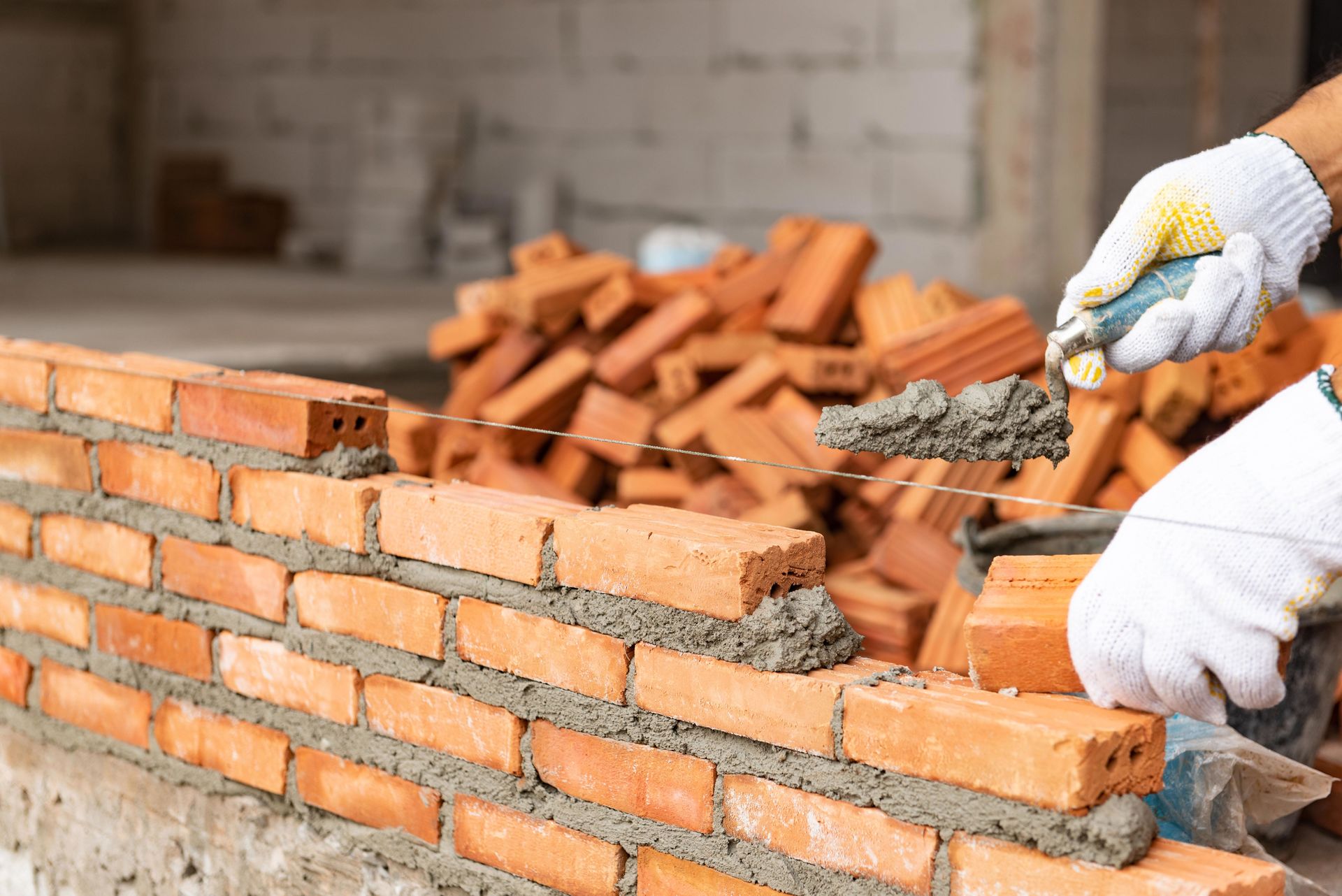

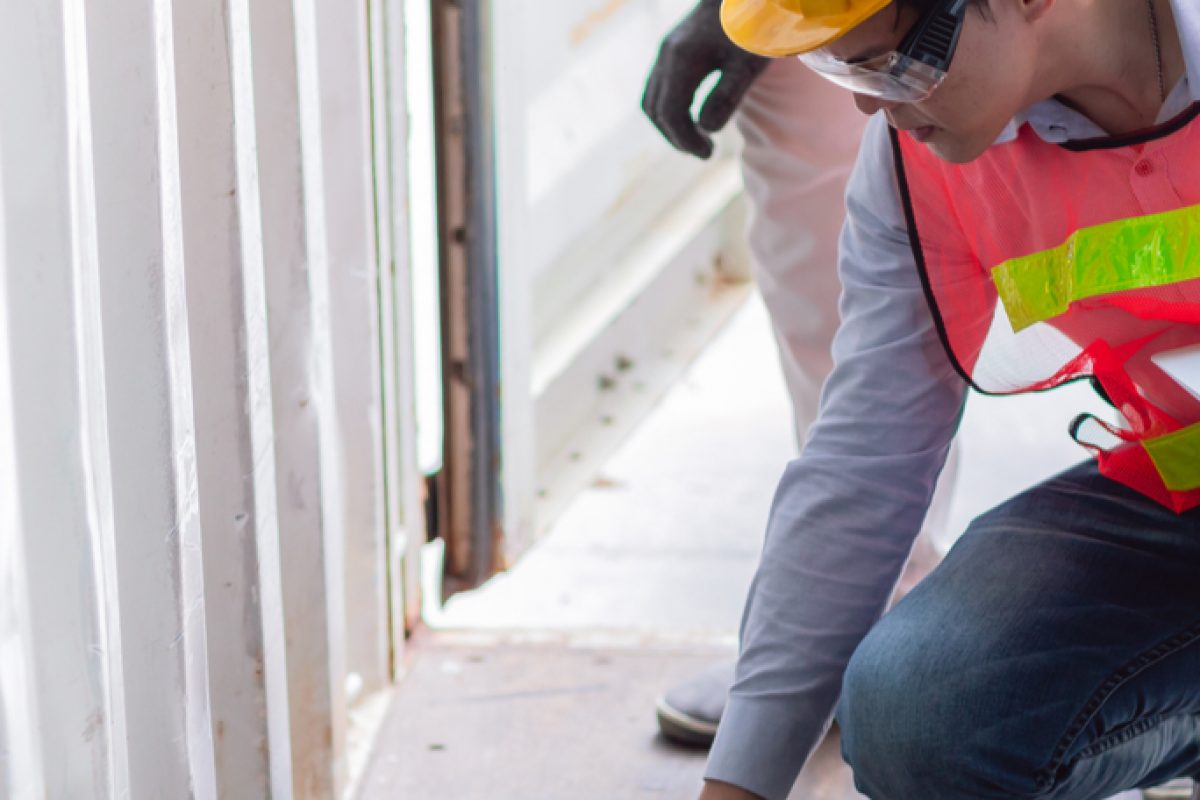
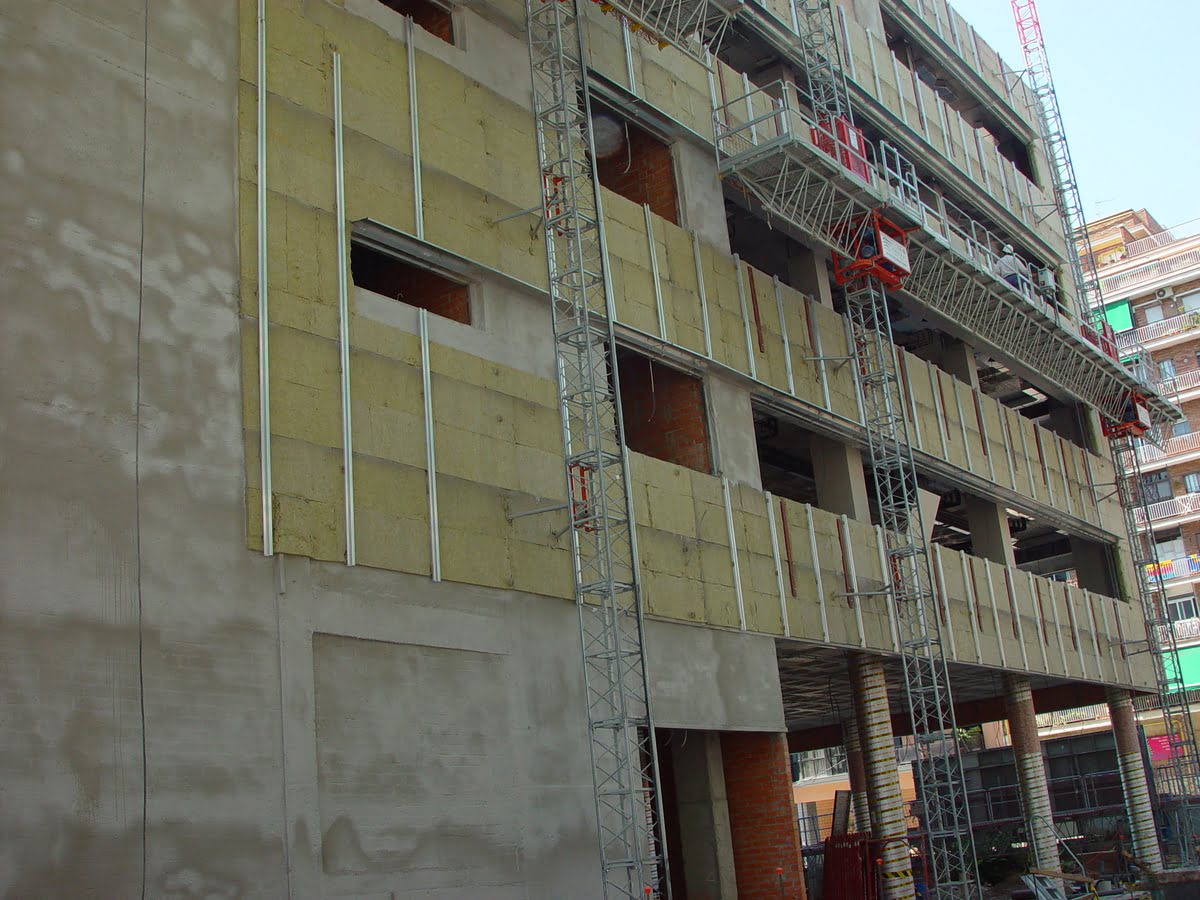
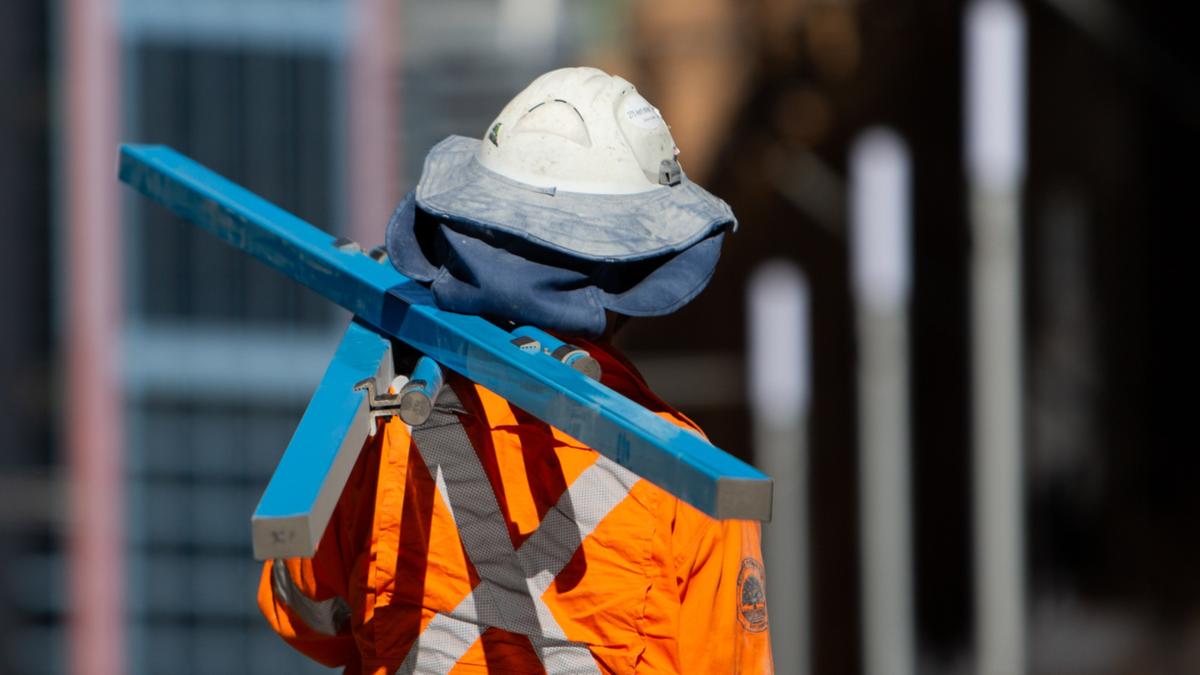

0 thoughts on “What Does Soffit Mean In Construction”